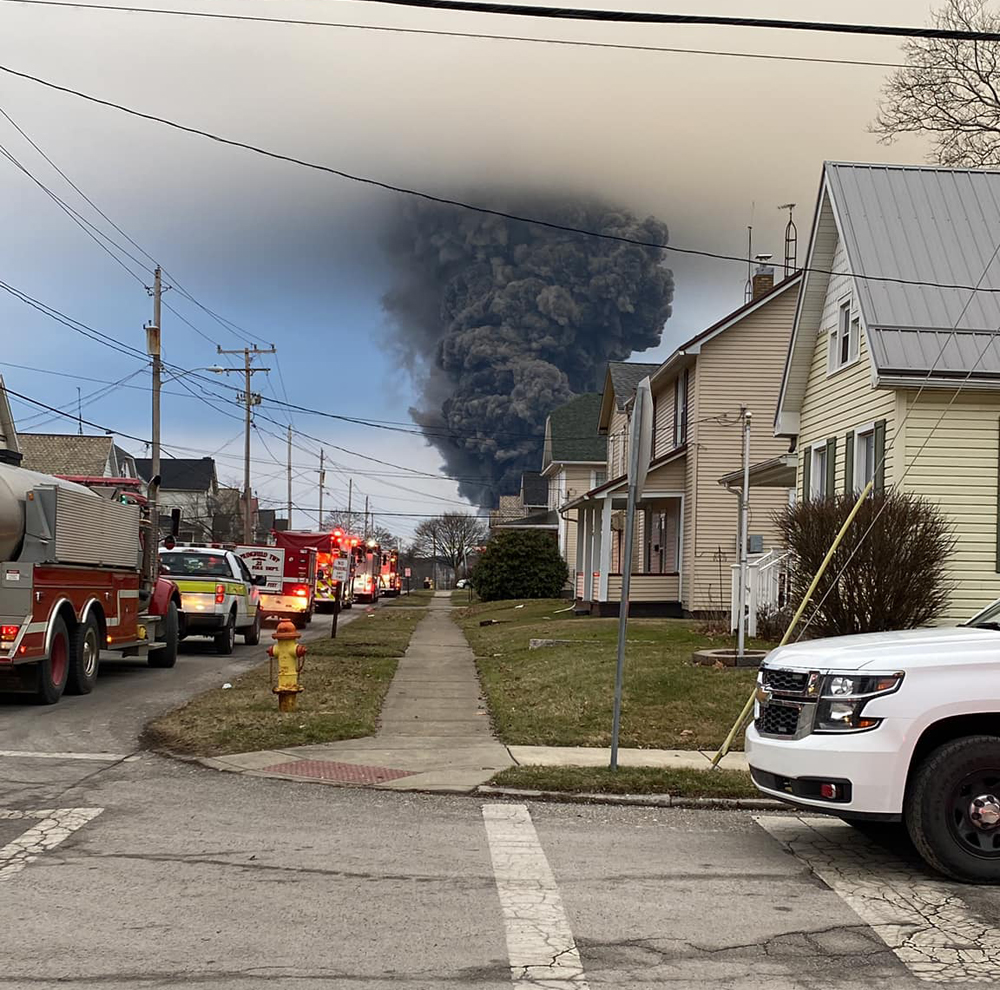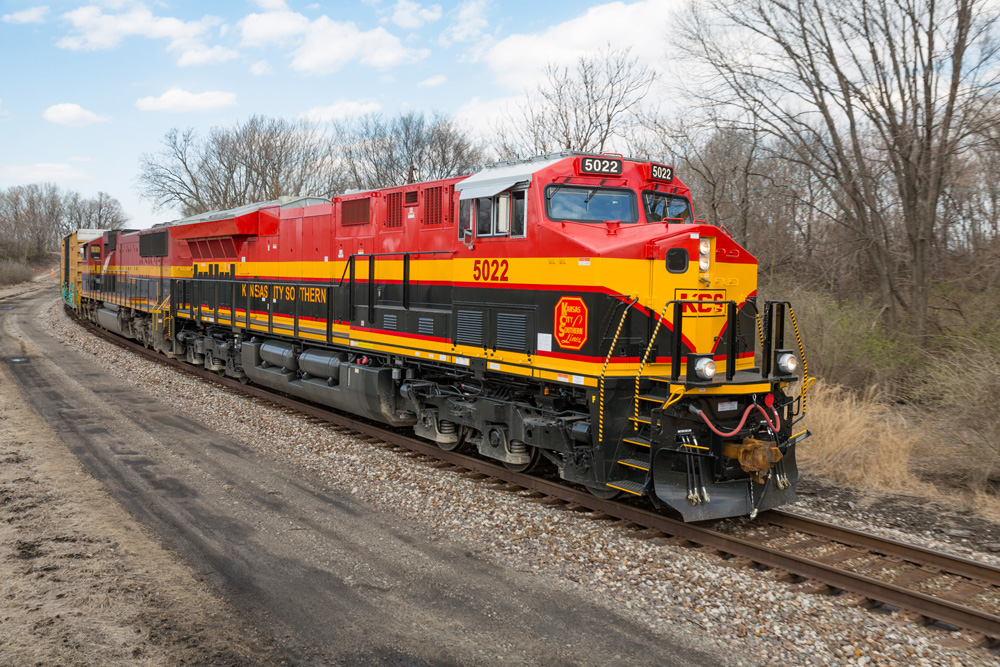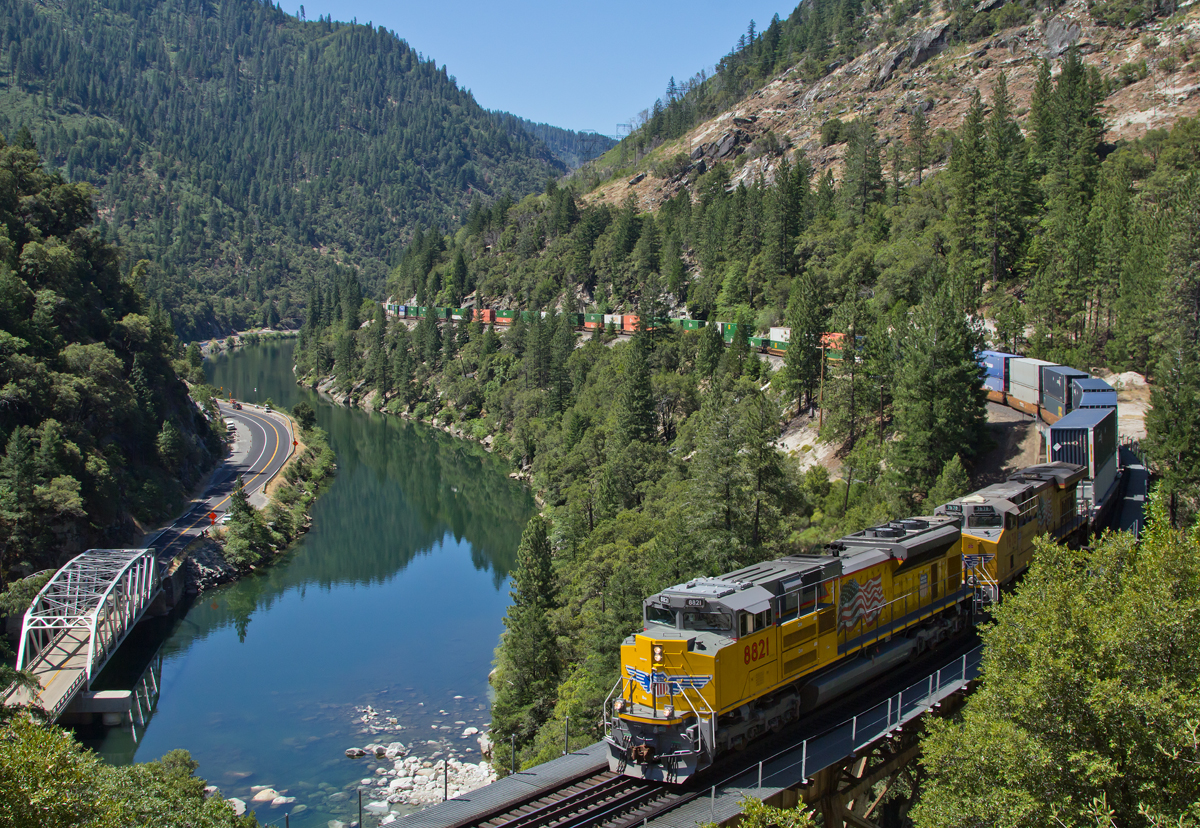
WASHINGTON – The Federal Railroad Administration today encouraged railroads to improve the way they collect and use data from wayside hotbox detectors in order to prevent catastrophic derailments like the Feb. 3 Norfolk Southern hazardous materials wreck in East Palestine, Ohio.
“Preliminary investigation of recent train derailments indicates the cause of, or contributing factor to, the incidents was a mechanical failure, specifically burnt journal bearings. Accordingly, FRA is issuing this Safety Advisory to make recommendations to enhance the mechanical reliability of rolling stock and the safety of railroad operations,” the agency says.
Specifically, the FRA safety advisory recommends that railroads:
- Evaluate the temperature thresholds for inspections based on hot bearing detector data.
- Consider real-time use of trend analysis of detector data for stopping a train for inspection.
- Ensure proper training of crews responsible for calibrating, inspecting, and maintaining hot bearing detectors.
- Ensure proper inspection of rolling stock that trigger hot bearing detector alerts.
- And improve safety culture, particularly regarding operational decisions that are based on hot bearing detector data.
The advisory notes that since 2021 the FRA has investigated five derailments that were suspected of being caused by burnt journal bearings. Three of those derailments occurred on Norfolk Southern, while the other two were on Kansas City Southern.
Two of the NS wrecks – in Warner Robins, Ga., and Sandusky, Ohio – occurred after hot bearing detectors warned of overheated journal bearings. In both instances, the train crews stopped and inspected the problem axles. But they then were instructed to continue on their way without setting out the problematic car in Georgia or the locomotive in Ohio. Both trains later derailed.
In the East Palestine wreck, a pair of hotbox detectors recorded increasing bearing temperatures on the car suspected of causing the derailment. But the temperature readings never reached the critical threshold that would have tripped an alarm and required the crew to stop the train – until moments before the derailment, when train 32N passed the detector at milepost 49.81 in East Palestine.
“Detecting overheated journal bearings before they fail is critical to accident prevention. Journal bearings are sealed components, and, as such, often do not display ‘tell-tale signs’ of overheating (e.g., leaking lubrication), making defects in journal bearings difficult to identify through visual inspections,” the FRA said. “HBDs can serve an important role in early detection of bearing defects, but the effectiveness of any HBD system maintenance standards and procedures; (2) the establishment of safe thresholds at which to act on HBD alerts; and (3) strict adherence to procedures that prescribe actions to be taken.”
The FRA noted that it does not regulate wayside detection systems and that its safety advisory does not carry the weight of law.
But FRA said it is “likely not appropriate” to allow a train transporting hazardous materials to continue to operate without restrictions after it triggers a hot bearing detector alert.
FRA said railroads should consider expanding the Association of American Railroads’ recommended operating practices for the transportation of hazardous materials to other trains. If a defect in a key train – one carrying one tank car load of poison inhalation hazards, or 20 loads of hazardous material, or one or more loads of spent nuclear fuel or high level radioactive waste – is reported by a wayside detector, but a visual inspection fails to find the problem, the train must not exceed 30 mph until it passed the next wayside detector or stops at a terminal for an inspection.
Greg Regan, president of the AFL-CIO Transportation Trades Department, praised the FRA recommendations.
“We welcome this action from the Federal Railroad Administration to improve safety in the freight rail industry. Currently, there are no federal regulations guiding wayside detectors, including their placement along tracks or temperature thresholds,” he said. “There’s not even a federal definition of wayside detection technologies. Rail workers are eager to see a complete set of federal regulations on the installation, operation, testing, repairs, and maintenance of all wayside detection technologies, including defect detectors.”
Norfolk Southern noted that the crew of train 32N was operating the train within company rules, began to stop the train after it triggered the wayside detector alarm, and that its detectors were operating as designed. The railroad also has inspected all of the nearly 1,000 detectors on its system, in addition to the regular inspections of the detectors every 30 days.














From the article:
Two of the NS wrecks – in Warner Robins, Ga., and Sandusky, Ohio – occurred after hot bearing detectors warned of overheated journal bearings. In both instances, the train crews stopped and inspected the problem axles. But they then were instructed to continue on their way without setting out the problematic car in Georgia or the locomotive in Ohio. Both trains later derailed.
So, in NS-land, actually detecting a burnt bearing is not sufficient to take any corrective action. After al,l setting out a bad-order car or loco might mess up someone’s PSR wet dream, and we can’t have that, now can we? Given this “approach” to safety, had the engineer been able to stop the train in East Palestine before it went off the rails, NS’s response, following the pattern outlined above, would have been to ignore the problem and continue on…which might well have resulted in the scenario Allen Modro described below.
Problem here is when you see heat under a real car and Sparks like that it means lubrication has failed why wasn’t these cars lubricated when was the last time this car was inspected when was the last time these bearings were changed out and you know anything about a steam locomotive and Union Pacific and Ed Dickens and his crew you know the two things they do religiously is keep track of water and lubrication the most important things and in this case this accident would not have happened if this freaking whale car had been greased in maintained in the first place by the owner and Norfolk Southern about time the government stepped in and can this Precision scheduled railroading nonsense that’s been going on they cut 30% of the staff while they give themselves big raise and pay their stockholders they got enough money over a billion dollars to buy back stock but they cannot maintain a real car they cannot change out a $300 bearing this is ridiculous this is going to happen again and again and again until somebody is killed
We can spend a cold billion to detect the light from a star 32 billion years ago, but can’t detect a burnt journal bearing from less than 10m away.
Just the mere fact of the large increase in temps between the first two detectors should have triggered a notification to the crew. Looking at the thresholds NS uses it’s unbelievable.
Amazing light touch regulation… Obviously these “recommendations” need to be regulations, with severe penalties for noncompliance.
Wondering if MSM is going to cover this outrageous behavior of the class 1 railroads?
Usually I’m not one for more regulation of the railroads. However, this accident has hit close to home, 6.5 miles. Being due west of the crash site, the Controlled release that was done, blew over my home causing me and my wife to leave town for several hours to avoid the acrid fumes. The rail line comes through our town 10 miles past the accident site, so it could have happened here. Apparently the are no scheduled maintenance inspections for the bearings. These do not have an infinite life. Although they are quite robust, there are no mandated inspection of the bearing! I would think every 10 years or 300,000 mile or something should trigger an inspection or change out. Train cars have an approximate 50 year life span. Do we just wait until the bearings fail to fix them? Just some thoughts from almost victim.
It would appear that Norfolk Southern, and indeed all railroads, should lower the temperature that would trigger an automatic braking action, and should trigger the braking action if a percentage increase between two detectors exceeds a certain amount (even if the second temperature is less that the automatic trigger).